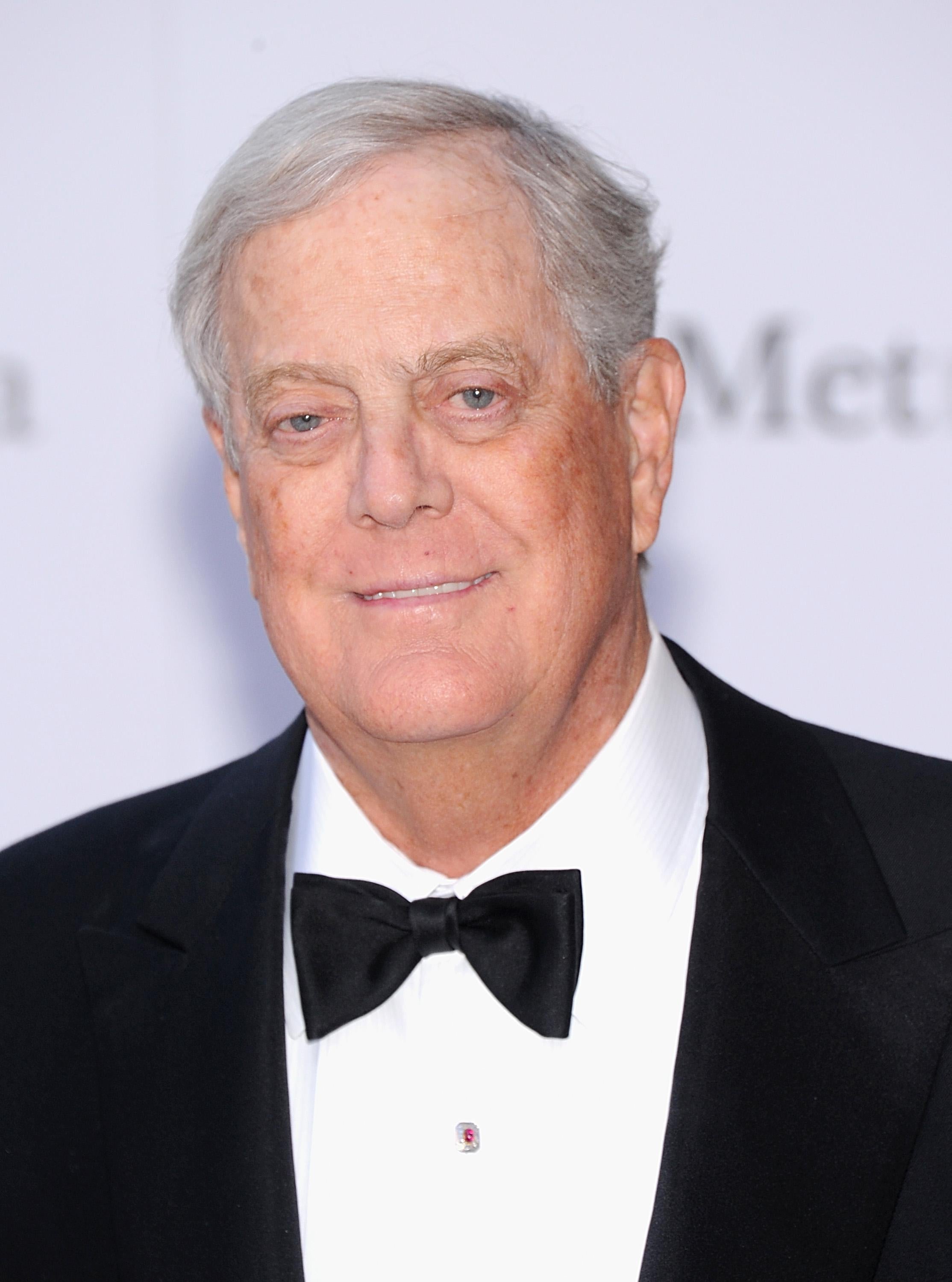Matea Gold has a great piece about how the Koch brothers invested $400 million into 2012 election advocacy while using a variety of pass-through entities to somewhat obscure the extent and location of their spending. This infographic lays it out.
Something I’m interested in is how little they actually got for their money in terms of GOP election victories. Obama held the White House, Democrats held the Senate, Democrats made gains in the House, etc. One problem here is simply diminishing returns. A $50 million ad buy simply isn’t going to be twice as effective as a $25 million ad buy. But I wonder if all this Koch money isn’t also unleashing an inflationary dynamic.
Sean Sullivan had an interesting item in the Post back in December about how the Romney campaign paid seven different people more money than the highest-paid Obama staffer. An interesting issue here is that the market for high-level political operatives doesn’t work like a normal labor market. Apple could try to poach server-side software people from Facebook to improve iCloud, or Google could snag hardware designers from Apple to make better-looking devices. But a Republican presidential candidate isn’t going to raise pay and induce liberals to defect. Romney is bidding for staff in a labor market that’s composed largely of other conservative candidates and entities. When the Kochs spread hundreds of millions of dollars around dozens of conservative operations, part of what they’re doing is giving each of these outfits the financial resources it needs to compete with other conservative outfits for skilled political operatives.
The result is a kind of financial windfall for The Professional Right without necessarily leading to any commensurate increase in the effectiveness of the conservative movement as a whole.
